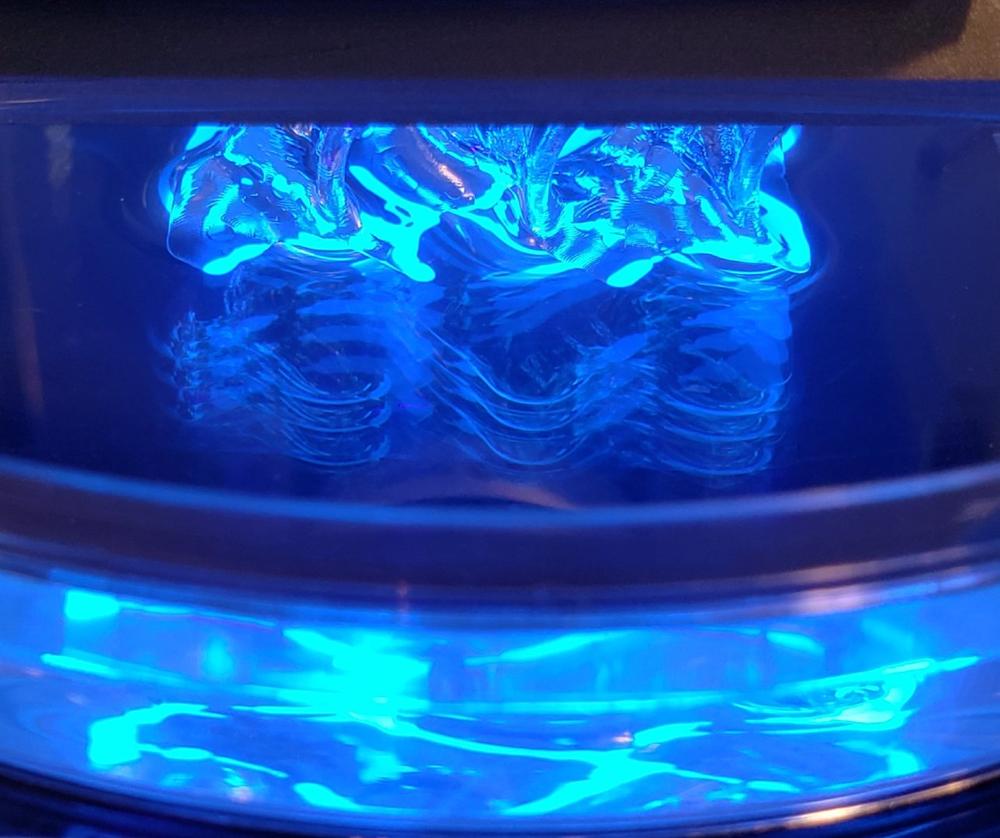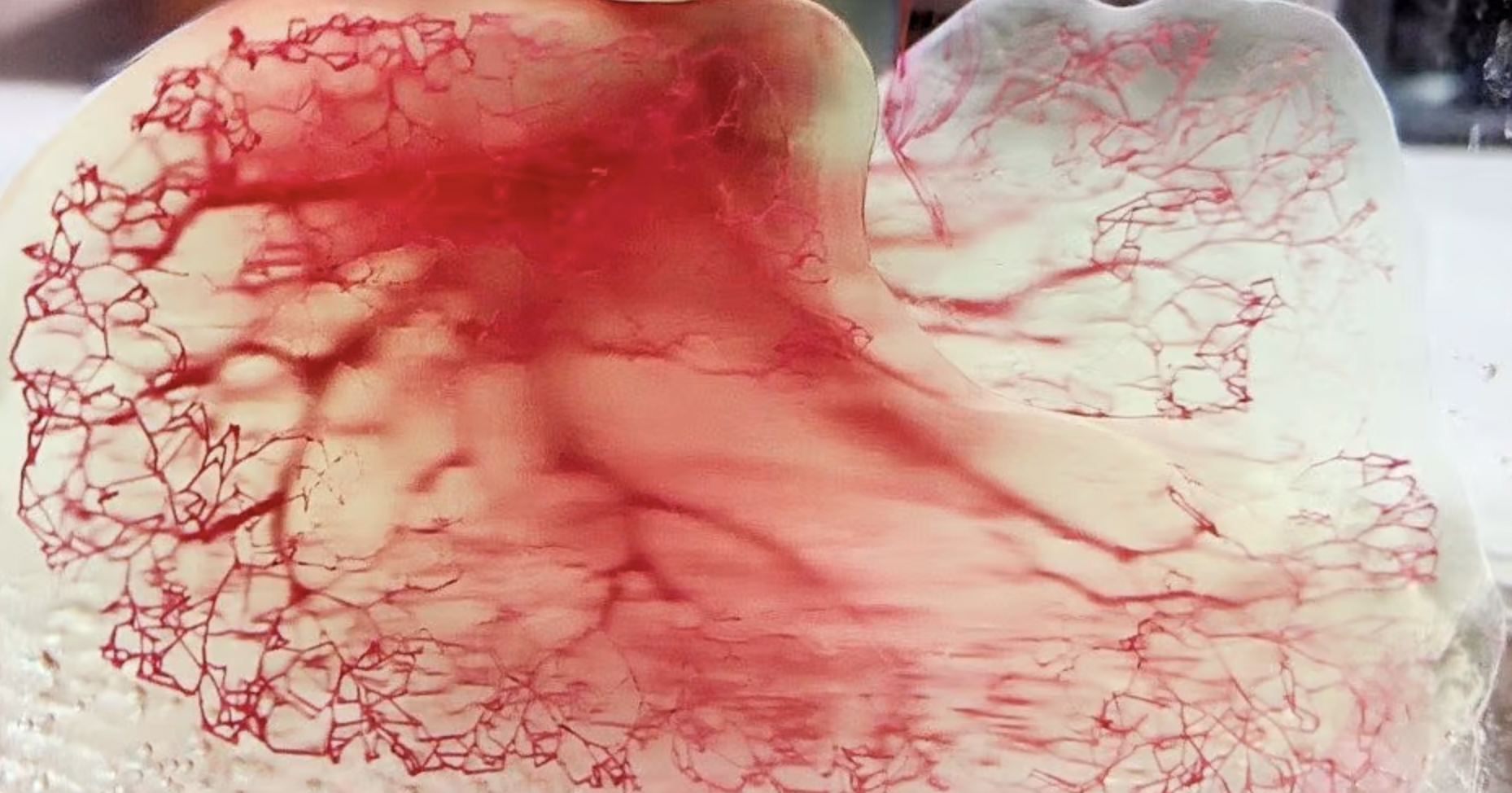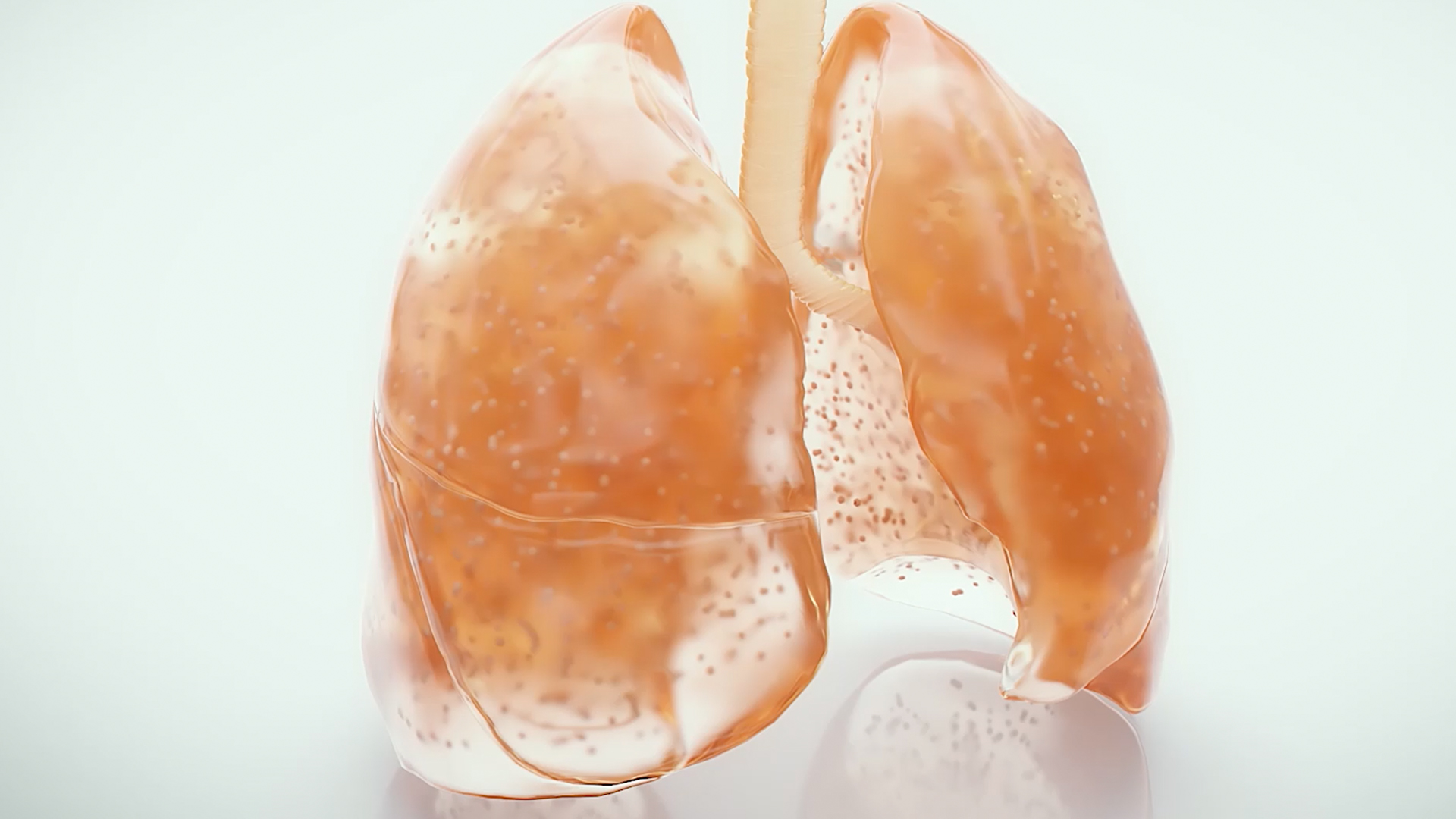The benefits of regenerative medicine are too great to ignore, which is why many investors and companies are flocking to the biotech sector. One of them is 3D Systems (NYSE: DDD). The pioneering 3D printing business has been infusing resources into its regenerative medicine efforts to accelerate breakthrough applications in bioprinting for lung replacement. Even though experts have issued caution against keeping hopes too high, especially since the technology to 3D-print functional organs ready for transplant is decades away, 3D Systems has a positive outlook and a plan. The company announced it would expand its bioprinting program thanks to the acquisition of Volumetric, one of the top startups in this niche segment.
As part of the transaction, 3D Systems announced that it will pay $45 million once the deal closes and up to $355 million linked to the demonstration of human applications over the next several years. All payments will be a mix of cash and stock, and if all targets are met, the total purchase price will be $400 million. Once the acquisition is complete, the group plans to establish a world-class research capability in Houston, Texas, one of the leading life sciences regions in the world, and the place where Volumetric got its start. Since being founded, the startup has been working out of Johnson & Johnson Innovation (also known as JLABS), a global network ecosystem that empowers inventors across a broad healthcare spectrum to accelerate the delivery of life-saving, life-enhancing health and wellness solutions to patients around the world.

Volumetric develops custom bioprinters using its groundbreaking technology. Image courtesy of Volumetric.
From the outset, Volumetric’s mission has centered on developing technology that could manufacture human organs. Born as a spin-off out of Rice University, the startup has come a long way since being founded in 2018 by leading bioengineering expert Jordan Miller, who is also an assistant professor at Rice University, and one of his bioengineering graduate students, Bagrat Grigoryan.
Eventually, the startup wants to become the tissue bioprinting farm of the future, but in the meantime, it has made strides in the creation of biomaterials and biofabrication platforms for cancer research, regenerative medicine, and human organ replacement initiatives. For example, its open-source bioprinting technology is the basis of an entry-level platform that can print complex, 3D vascularized living tissue, one of the most advanced and hard to mimic tissues in the field. Furthermore, Miller’s team has already begun experiments to implant bioprinted constructs containing liver cells into mice, showing a capability to advance liver tissue engineering.

Human vasculature model created using Print to Perfusion process. Image courtesy of United Therapeutics.
Working towards a similar goal, 3D Systems co-founder and AM pioneer Chuck Hull said he has witnessed a staggering demand for bioprinting and regenerative medicine over the last years, in what he describes as “a growing need to place cells at high-resolution in a nurturing matrix to produce complex tissues.” In 2017, that translated into a key collaboration with biotech firm United Therapeutics Corporation (NASDAQ: UTHR) and Lung Biotechnology PBC, its organ manufacturing subsidiary.
Today, the company has significantly expanded its regenerative medicine segment, focusing on developing the capability to print scaffolds for human lungs using a process called Print to Perfusion. Since 2020, 3D Systems and United Therapeutics stepped up the development of a next-generation AM platform capable of printing full-size, vascularized, micron-level lung scaffolds. This is in line with the program’s aspiration to establish an unlimited supply of human lungs, requiring no immunosuppression and allowing all patients with end-stage lung disease to receive transplants that will let them enjoy long and active lives.

Lung model from United Therapeutics organ manufacturing therapeutic platform. Image courtesy of United Therapeutics.
Based upon the progress made toward this goal, the program is now being expanded from lung scaffolds to include two other human organs, with support now designated through 2025. Miller, who will be appointed Chief Scientist for Regenerative Medicine at 3D Systems, will supplement the rapidly advancing efforts of the 3D Systems and United Therapeutics team and expand them to include additional human organs and other applications within the human body. The merger of the three groups is expected to “accelerate the creation of an unlimited supply of life-saving organs for the millions of people in need of a transplant worldwide,” states the company.

Bioengineering expert Jordan Miller, co-founder of Volumetric. Image courtesy of Jeff Fitlow/Rice University.
“It has always been my dream to develop the capability to manufacture fully biocompatible human organs to save the lives of millions of people in need around the world. Our work on a vertically integrated platform for the 3D printing of organ scaffolds followed by cellularization to create fully compatible human organs, dovetails perfectly with the work being done by 3D Systems and United Therapeutics. Working together, we expect to accelerate these efforts, expanding them beyond lungs to other human organs. In addition, these capabilities are expected to enable numerous additional applications for printing vascularized human tissue to address needs created by trauma or disease. I am honored to work with Chuck Hull and his team and look forward to an exciting future together,” commented Miller.
Subscribe to Our Email Newsletter
Stay up-to-date on all the latest news from the 3D printing industry and receive information and offers from third party vendors.
You May Also Like
Precision at the Microscale: UK Researchers Advance Medical Devices with BMF’s 3D Printing Tech
University of Nottingham researchers are using Boston Micro Fabrication‘s (BMF) 3D printing technology to develop medical devices that improve compatibility with human tissue. Funded by a UK grant, this project...
3D Printing Webinar and Event Roundup: April 21, 2024
It’s another busy week of webinars and events, starting with Hannover Messe in Germany and continuing with Metalcasting Congress, Chinaplas, TechBlick’s Innovation Festival, and more. Stratasys continues its advanced training...
3D Printing Webinar and Event Roundup: March 17, 2024
It’s another busy week of webinars and events, including SALMED 2024 and AM Forum in Berlin. Stratasys continues its in-person training and is offering two webinars, ASTM is holding a...
3D Printed Micro Antenna is 15% Smaller and 6X Lighter
Horizon Microtechnologies has achieved success in creating a high-frequency D-Band horn antenna through micro 3D printing. However, this achievement did not rely solely on 3D printing; it involved a combination...





























